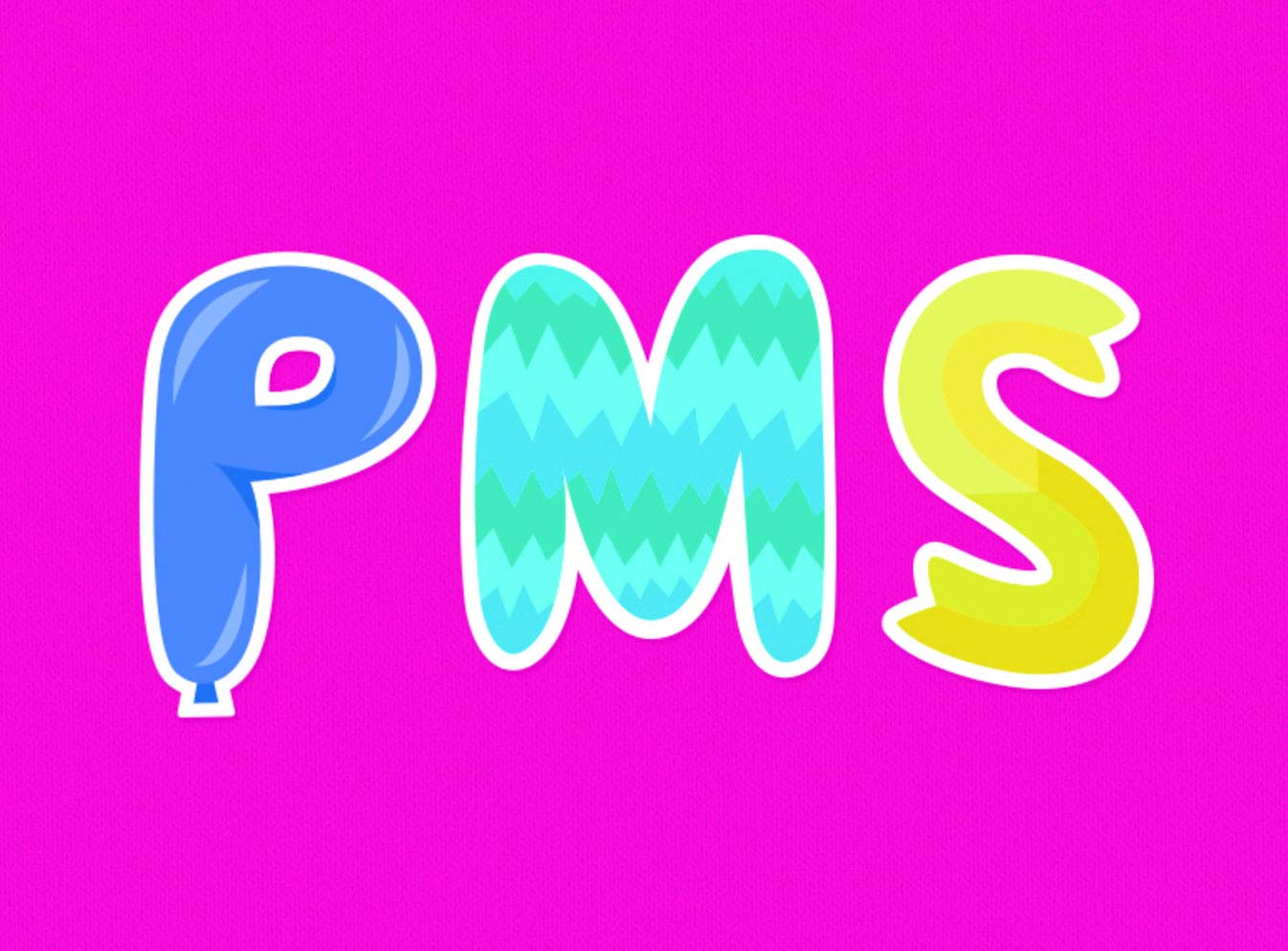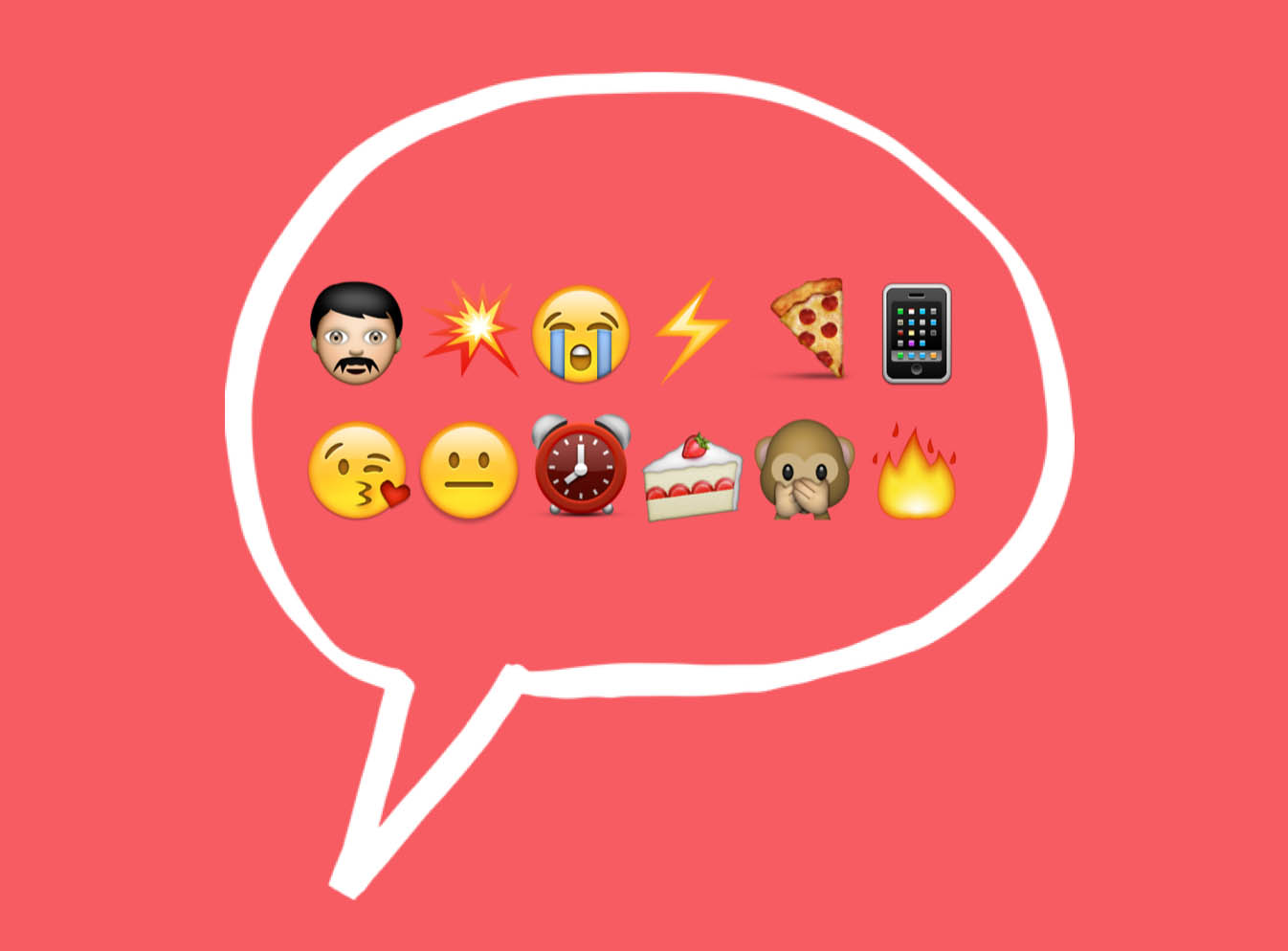Is It PMS or PMDD? How to Tell When You Need Help with Your Premenstrual Blues
Is It PMS or PMDD? How to Tell When You Need Help with Your Premenstrual Blues
Nearly eighty percent of women experience mood symptoms in association with their periods. Know when to talk to someone about your symptoms.
Do you find that you feel sad, irritable, or more sensitive than usual during the week before or first few days of your period? If so, you’re not alone. Up to eighty percent of all women report these kinds of mood symptoms in association with their periods. As a practicing psychologist, I work with many women who struggle with their emotions during “that time of the month.” For many, these symptoms might be relatively mild, and are considered “premenstrual syndrome” or “PMS.”
For instance, one of my patients, “Jill,” talked with me about how she noticed a pattern in her relationship with her boyfriend. Periodically, she would pick a fight with him about something that she later realized was pretty unimportant. He would say the wrong thing or look at her in a way she didn’t like and she would snap at him, starting an argument that confused her boyfriend and often left her in tears. She had no idea why she let things get to her that, at other times of the month, would have been no big deal. I asked her to make a note on her calendar of the days that she felt her emotions got the better of her. I also had her record any physical symptoms she might experience (such as bloating or cramps), and when her period began. Sure enough, after just a few months of tracking this information, a pattern emerged. Approximately one day before her period started, she would experience these symptoms seemingly out of the blue. For Jill, the solution was relatively easy. She learned to track her periods more carefully, so she would have a general sense as to when PMS might strike. She also began to recognize when her mood changed and she became more cranky or sad, so that she could communicate with her boyfriend during these times and take extra care of herself emotionally. Jill and her boyfriend developed a phrase – code red – that she would use to let him know that she was more sensitive than usual because of her PMS, and he would give her a little extra space to cool down.
During these times, she found things that she could do on her own to make herself feel better, such as taking a nap, going on a walk, or watching something funny on TV. The unnecessary arguments stopped and Jill’s boyfriend was able to support her when her mood dipped.
Another patient of mine, “Anna”, came in complaining of symptoms that were much more significant and disruptive. For five or six days before her period started, Anna would experience changes in her mood that disrupted her daily life.
During these times, she noticed that she felt worthless – like she just couldn’t do anything right. This made it hard for her to keep up at her job, which was stressful, but that at other times of the month, presented challenges that she could easily handle. She also reported that she felt hopeless about her life. At times, she didn’t even want to get out of bed in the morning, as it “just didn’t seem worth it.” She slept more than usual, ate more than usual, and avoided her friends because she felt “too emotional to deal with them.” Her roommate became concerned about Anna, and encouraged her to come to see me for an evaluation. I diagnosed Anna with Premenstrual Dysphoric Disorder or PMDD.
We worked with a psychiatrist to provide treatment for her, which included antidepressant medication and talk therapy. Within two or three months, Anna’s symptoms had decreased and she no longer felt that the week before her period was such a struggle.
How did I know that Jill had PMS and Anna was experiencing PMDD? This distinction was based on the extent to which each woman’s symptoms interfered with her life. For Jill, the PMS symptoms certainly caused issues in her relationship that needed to be addressed. However, the rest of her life – school, work, and social relationships – weren’t impacted, and Jill still felt more or less like herself, just a little off. In the case of Anna, the symptoms caused problems that were significant enough to interfere with almost all aspects of her life, as well as how she felt about herself. These were serious symptoms requiring professional treatment, including both medication and therapy.
If you find yourself wondering if you may be among the three to eight percent of women who suffer from PMDD, first take a look at the impact your symptoms have on your life. If they significantly interfere with your day-to-day activities, I encourage you to seek professional help. You can consult your primary care provider, an OB-GYN or a mental health professional. Your health care provider will ask you about your symptoms and give you information about your treatment options. If your symptoms fall in the “mild but still really annoying” category, as Jill’s did, you may want to keep track of when your mood changes to make these shifts more predictable for you and others in your life. As was the case for Jill, awareness, communication, and self-care went a long way in terms of making the premenstrual period less volatile for her. One way or the other, premenstrual mood symptoms can be managed so that they don’t take away from your life and relationships, even during “that time of the month.”







